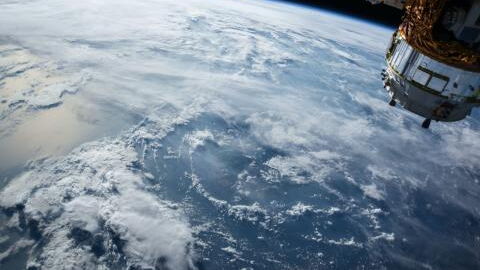The James Webb Telescope never ceases to amaze us. For some time now, it has been impressing the world with its incredible images. The James Webb Space Telescope, the most powerful space observatory ever deployed, was launched in 2021. It has been providing the world with incredible images that have never been seen before. It has truly opened a new era in global astronomy. Its mission is to explore the cosmos.
Discover our latest podcast
An impressive discovery
Recently, the telescope has not only provided images of other galaxies but has also led to the discovery of a new exoplanet that is believed to contain CO2. According to New York Times, this planet, located 700 light years away, is about a quarter of the mass of Jupiter.
NASA’s James Webb Space Telescope has captured the first clear evidence of carbon dioxide in the atmosphere of an exoplanet, a planet outside our solar system. https://t.co/eU78xp6Xu7
— CNN (@CNN) August 26, 2022
It is, of course, located outside our solar system. This is the primary role of this telescope, which is responsible for observing the first galaxies formed only a few hundred million years after the Big Bang.
Is human life possible?
The simple answer is no. According to Nature, it is impossible to imagine life as we know it on this exoplanet, which is named WASP-39 b. Even if the planet contains CO2, it is gaseous and hot. However, this discovery reinforces scientists' desire to find another planet with conditions that would be favourable for human life.
However, Mars, which is known as the Red Planet, could become habitable with the help of an aerogel. This is a material that would allow temperatures similar to those on Earth. It would also create a UV barrier to protect us. However, we still do not know everything about the microbes and other species that inhabit this planet. So, we are definitely not moving anywhere soon.
This article was translated from Gentside FR.
Read more:
⋙ Nasa's James Webb Telescope: Stunning images from the world's most powerful space telescope
⋙ NASA's Artemis I: Here are all the details from its mission to launch date
⋙ NASA reveals never-before-seen view of Jupiter with storm 'big enough to swallow earth' (PHOTO)















